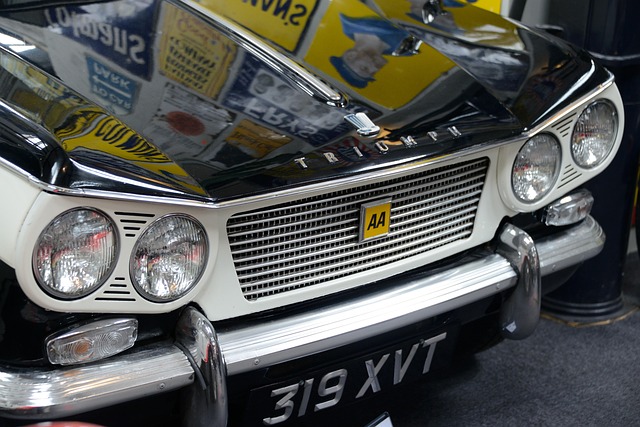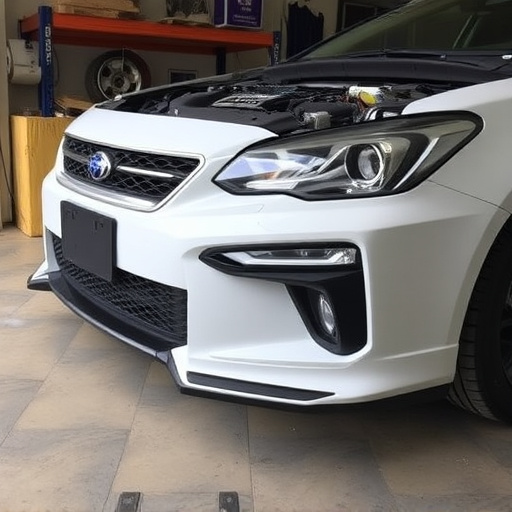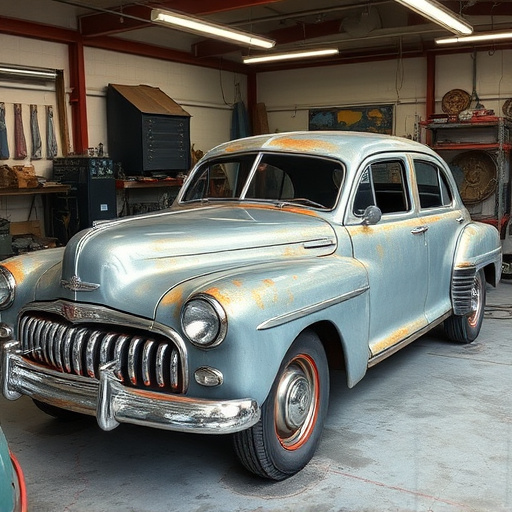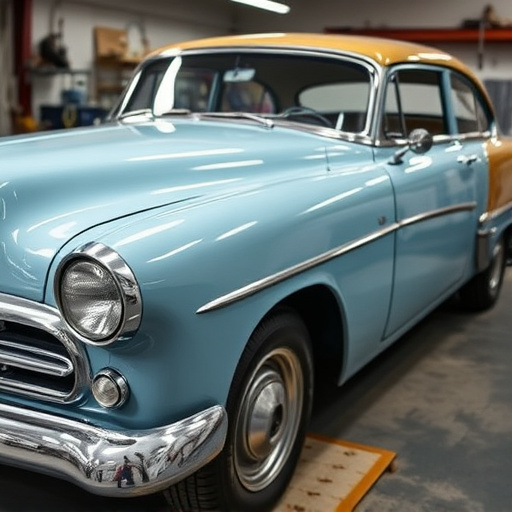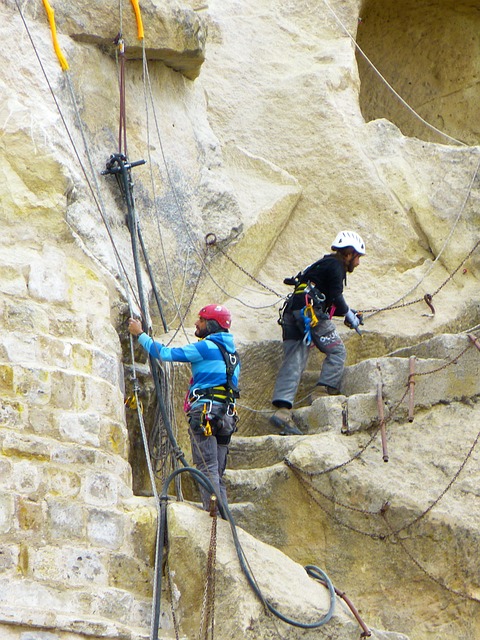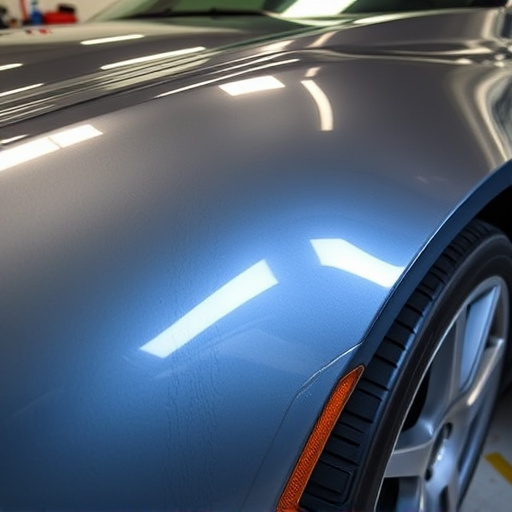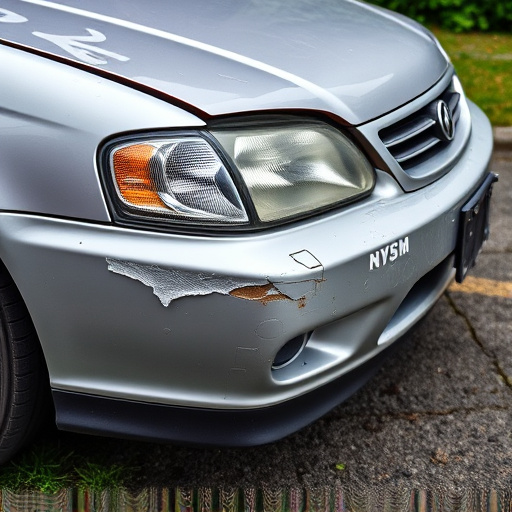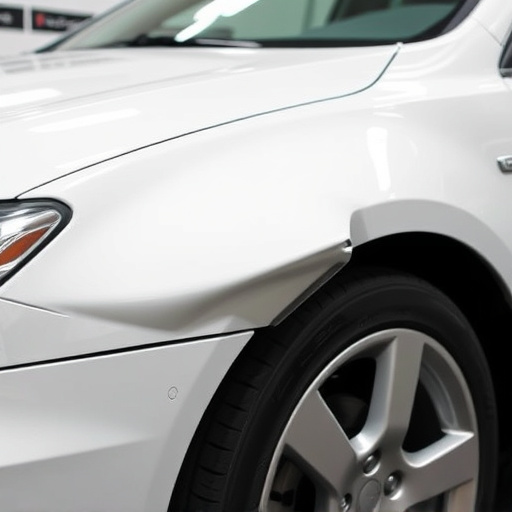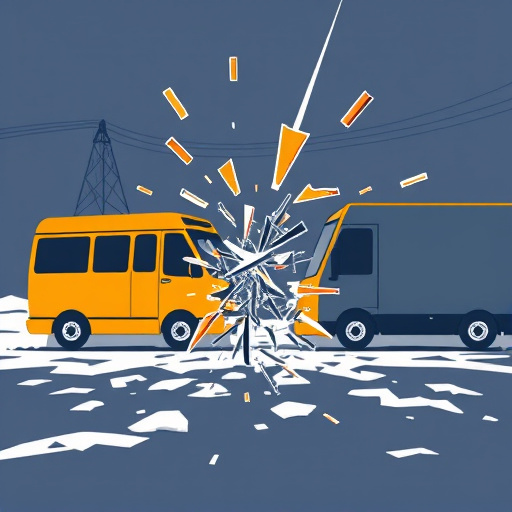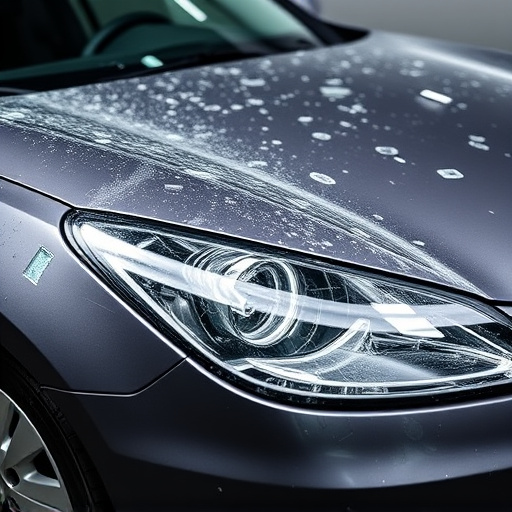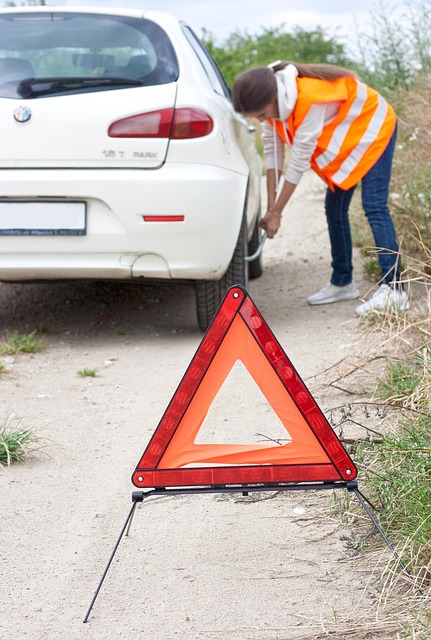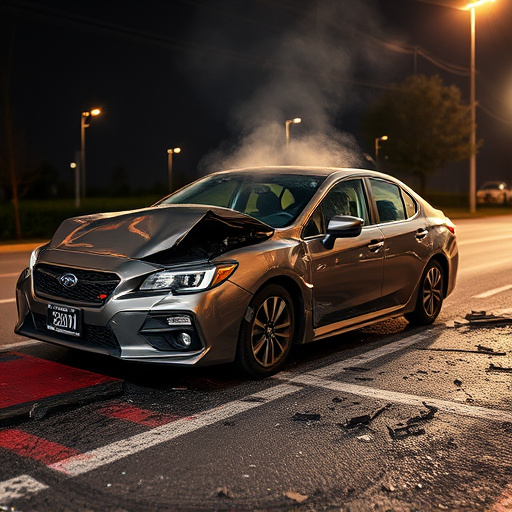Structural adhesive systems revolutionize car repair, especially in collision and auto glass repair, offering stronger, more durable bonds than traditional methods. Selection and application of these adhesives, based on material compatibility, environmental factors, and stress loads, are crucial for enhanced vehicle safety and extended repair lifespans. In dent repair, proper surface preparation is vital for optimal performance, while best practices like adhering to manufacturer guidelines and controlling temperature/humidity ensure long-term durability and maintain structural integrity.
Structural adhesive systems play a pivotal role in ensuring long-term durability of repairs, especially in demanding industrial and construction environments. This article delves into the fundamental aspects of these systems, highlighting their intricate design and the key factors that contribute to sustained performance over time. We explore best practices for implementation, offering insights into achieving longevity and reliability through strategic selection, meticulous application, and ongoing maintenance. Understanding these principles is essential for facilitating robust repairs that withstand the test of time.
- Understanding Structural Adhesive Systems: The Foundation of Durable Repairs
- Key Factors in Evaluating Long-Term Repair Durability
- Best Practices for Implementing Structural Adhesive Systems to Ensure Longevity
Understanding Structural Adhesive Systems: The Foundation of Durable Repairs

Structural adhesive systems form the foundation for achieving durable repairs across various applications, including automotive collision repair and auto glass repair. These advanced bonding solutions are designed to mimic molecular interactions between materials, creating a strong, lasting bond that surpasses traditional fastening methods. By understanding the intricate chemistry behind structural adhesives, professionals in car scratch repair and other sectors can optimize their use for enhanced long-term durability.
The key lies in selecting the right adhesive system based on material compatibility, environmental conditions, and expected stress loads. In automotive collision repair, for instance, high-performance structural adhesives ensure that panels, frames, and components integrate seamlessly, replicating the original structural integrity of the vehicle. This not only improves overall vehicle safety but also extends the lifespan of repairs, making them more cost-effective in the long run.
Key Factors in Evaluating Long-Term Repair Durability

When evaluating the long-term durability of repairs, several key factors come into play. One of the primary considerations is the choice and application of structural adhesive systems. These adhesives play a pivotal role in ensuring the strength and longevity of repairs, particularly in complex auto collision repair scenarios or intricate auto body restoration projects. The quality and compatibility of the adhesive with the materials being joined are paramount.
Additionally, factors such as environmental conditions, including temperature and humidity, can impact adhesion and curing. Proper preparation of surfaces before application is crucial to achieve a durable bond. In car dent repair, for instance, ensuring the panel is clean, dry, and free from contaminants is essential for the structural adhesive system to perform optimally over an extended period, contributing to the overall success of the auto body restoration process.
Best Practices for Implementing Structural Adhesive Systems to Ensure Longevity

Implementing structural adhesive systems requires a meticulous approach to ensure their longevity and effectiveness in long-term repairs. Best practices involve adhering strictly to manufacturer guidelines, ensuring surface preparation is thorough and clean, and using compatible adhesives specifically designed for the task at hand. Proper application techniques, including controlling temperature and humidity levels, are crucial to achieve optimal bonding strength.
For auto bodywork applications like paintless dent repair or fender repair, these practices become even more critical. Using high-quality adhesives from reputable manufacturers can significantly enhance the durability of repairs, ensuring that the structural integrity of vehicles is maintained over time. Regular maintenance and inspection can also help identify potential issues early on, allowing for prompt corrective actions to prevent adhesions from weakening.
Structural adhesive systems play a pivotal role in ensuring the longevity and durability of repairs in various industries. By understanding the fundamentals, evaluating critical factors, and adopting best practices, professionals can significantly enhance the long-term performance of their work. These strategies not only safeguard against future failures but also contribute to safer, more robust structures. Incorporating these insights into repair processes is essential for maintaining integrity and minimizing maintenance costs over time.
